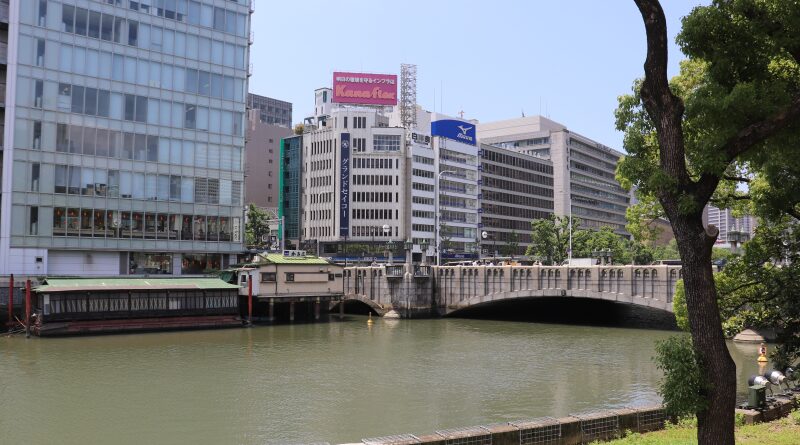
Yodoya : The Edo Period’s Richest Merchant
Over the years, Osaka has gained a reputation as a bustling hub for trade and commerce. Its history is closely tied to the rise of successful merchants, many of whom have achieved worldwide recognition. Among the many accomplished individuals from the city, the Yodoya clan stands out as particularly fascinating. In the Edo period, the Yodoya clan’s wealth was nothing short of extraordinary. Their total assets come to, what is today, over two hundred trillion yen, making them one of the wealthiest families in Japan’s history. However, their fortune took a sudden and unexpected turn, and they ended up losing everything they had built over the years. Despite his rise and fall, the Yodoya clan remains a testament to Osaka’s rich history as a center of trade and commerce.
In the Edo period, the Yodoya clan’s wealth was nothing short of extraordinary. Their total assets come to, what is today, over two hundred trillion yen, making them one of the wealthiest families in Japan’s history. However, their fortune took a sudden and unexpected turn, and they ended up losing everything they had built over the years. Despite his rise and fall, the Yodoya clan remains a testament to Osaka’s rich history as a center of trade and commerce.
The History of the Yodoya Clan
The founding member of the Yodoya family was Okamoto Joan, or Yodoya Joan, who was born in Kyoto. His father was a samurai but after he died in the war. After his father’s death, Joan came to Osaka and opened a construction company, called Yodoya. Since Joan was skilled in construction, he received a lot of work from Hideyoshi such as making Fushimi Castle and Bunroku Levee.
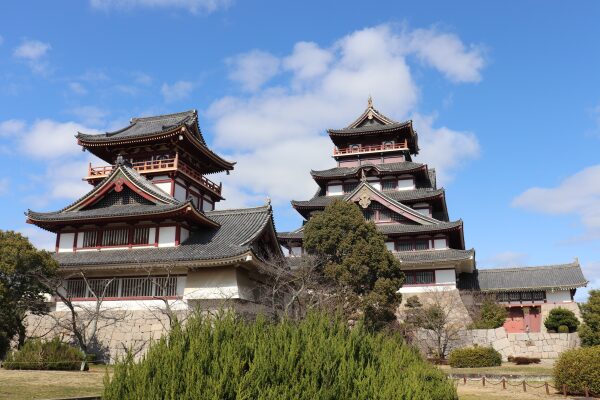
After the death of Hideyoshi, a battle called the Siege of Osaka occurred. Hideyoshi’s son, Hideyori, fought against Tokugawa Ieyasu for control of Japan. Since Hideyoshi had made Osaka Castle his seat of power, the people of Osaka supported Hideyori, despite the likelihood of Tokugawa’s victory. However, Joan was an exception. He immediately sided with Tokugawa and constructed a fortress for him at no cost. As expected, Tokugawa emerged victorious in the battle. In return for his assistance, Tokugawa granted Joan the right to collect all the weapons left on the battlefield. Joan then sold these weapons for a substantial profit.
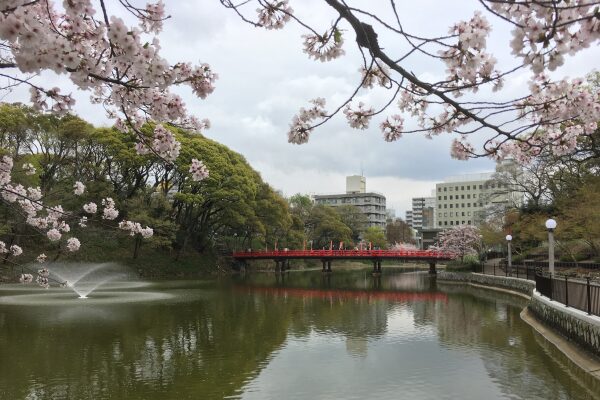
Creating Nakanoshima
One of Joan’s most significant contributions was reclaiming the area of Nakanoshima. It used to be a delta in the Yodogawa River, but Joan realized the area was easily accessible by boat from Osaka Bay. So, he invested his money in reclaiming this delta and turned it into a middle island where people could construct buildings.
Joan’s vision for Nakanoshima proved right as it became very convenient. Many clans from all over the country built storage houses on Nakanoshima, and later the Yodoyabashi bridge was constructed by Yodoya, making it easier for people to access the island.
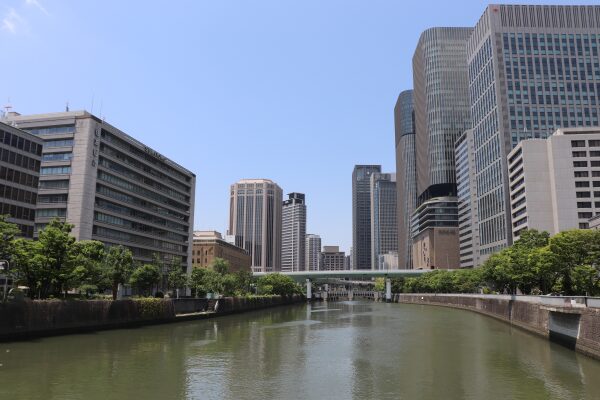
Even today, Nakanoshima is considered a hub of Osaka city with many governmental buildings such as the Japan Bank Osaka Branch.
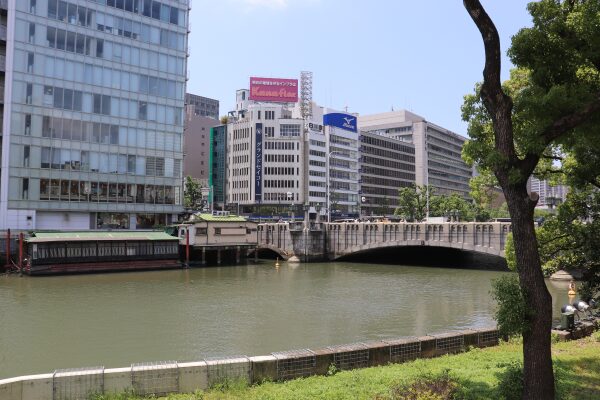
Of Rice and Gold
Just as Joan was a skilled merchant, so was his son, Gento. Gento had inherited his father’s fortune and used it to expand the family business. One of his ventures was establishing a rice market in Osaka during the Edo period. Back then, rice was so valuable that people were paid in rice instead of money. Clans from all over Japan sent their excess rice to Osaka to exchange it for cash. However, rice harvests varied from year to year, and the price of rice was often different in different regions. To solve this problem, Yodoya Gento established the rice market in Osaka, where people could agree on a standardized price for rice throughout Japan.

As time passed, people began to use trade notes instead of tangible objects. They eventually moved on to trading rice at a predetermined price for future harvests. This was the world’s first-ever example of a future contract. Additionally, Yodoya established a fish market and a vegetable market— this area that is today the Osaka Central Market.
The End of the Yodoya Clan
The Yodoya clan ventured into the loaning business, thanks to their abundant wealth. They began lending money to clans, government bodies, and imperial families, eventually extending their services to almost all the clans in West Japan. This proved to be a highly profitable business, with the interest earned from the loans adding to the clan’s wealth.
Shigeto, the leader of the fourth generation of the Yodoya clan, lived a life of extravagance. It is said that his mansion was adorned with gold and a glass ceiling filled with goldfish. However, the Edo government seized all the clan’s fortune in 1705, ending the clan’s reign with te fifth-generation leader, Hiroto. This was because the government deemed the clan’s wealth excessive, especially for mere merchants.

It is said that the Yodoya clan’s immense fortune was equivalent to what would currently be two hundred trillion yen, which is as much as Japan’s yearly national budget. Although this may be a bit of an exaggeration, they were undoubtedly the wealthiest family in Japan. Tragically, the government eventually seized their lands and wealth, forcing them to return to the ancestral home of Kyoto where they lived in poverty.
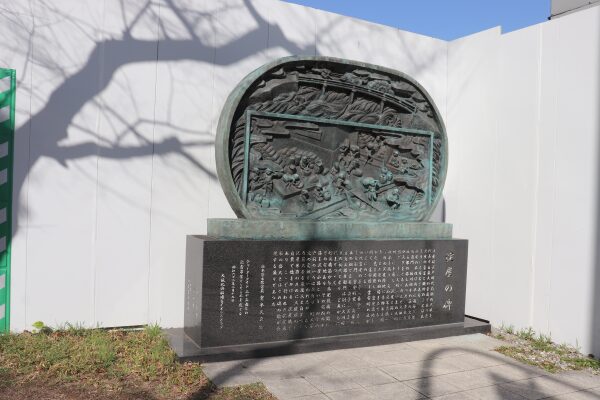
Kurayoshi Yodoya
Despite the looming threat of downfall, some people always manage to find a way to survive. Shigeto accurately predicted that the government would seize their fortune. In a bid to secure their future, Shigeto ordered his head clerk, Makita Niuemon, to open a branch of the Yodoya clan in Kurayoshi and refer to themselves as Yodoya Seibei. This new branch became the Kurayoshi-Yodoya clan.

In Kurayoshi, Kurayoshi-Yodoya, achieved success again by selling rice threshers–a common trade in the area. Eventually, they at last able to return to Osaka in 1736 where they re-establish the Yodoya clan. However, it is believed that they suddenly closed all their stores at the end of the Edo period. Their whereabouts have been unknown ever since.
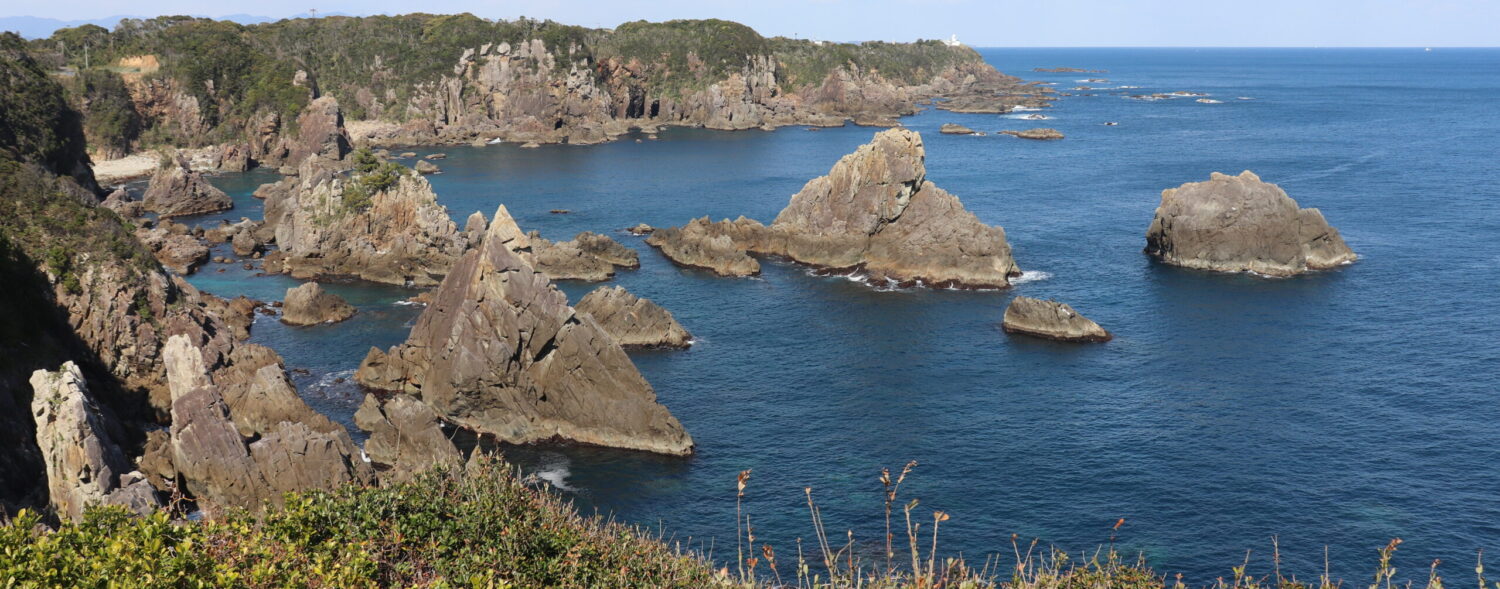
Leave a Reply